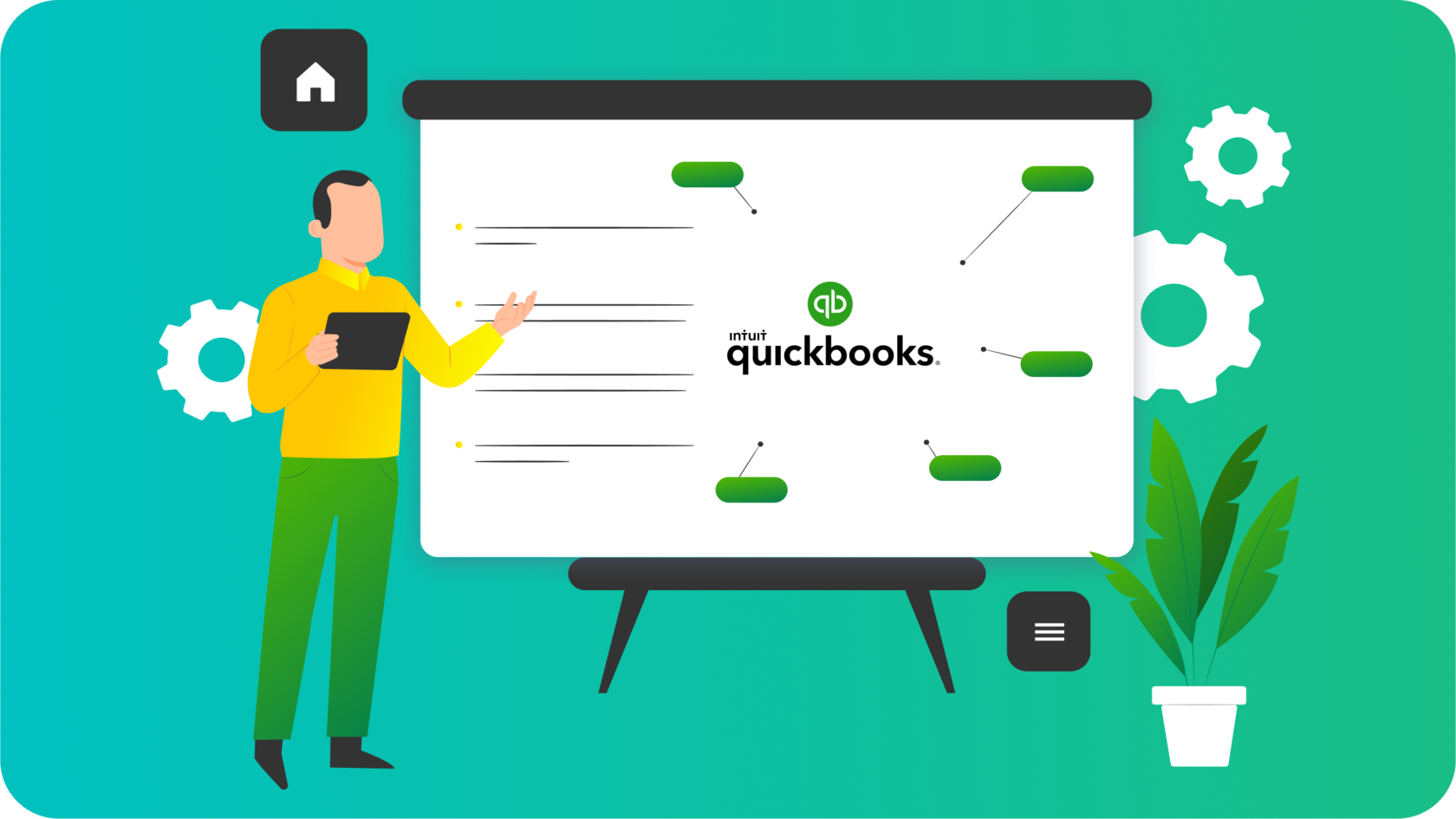QuickBooks 2025 offers an array of integrations that significantly enhance its functionality and streamline your accounting workflow. With the right integrations, businesses can improve efficiency, reduce manual data entry, and gain deeper insights into their financial performance.
1. The Importance of Integrations
Integrating QuickBooks Online with other software solutions is vital for modern businesses looking to optimize their operations. Here are some key benefits:
Efficiency Gains:
- Automated Data Flow: Integrations allow for seamless data transfer between applications, minimizing the need for manual entry and reducing the risk of errors.
- Time Savings: By automating repetitive tasks, employees can focus on higher-value activities rather than spending time on data entry and reconciliation.
Enhanced Decision-Making:
- Real-Time Data Access: Integrations provide access to real-time data, enabling businesses to make informed decisions based on the most current information available.
- Comprehensive Reporting: By combining data from various sources, businesses can generate comprehensive reports that offer insights into financial health and operational efficiency.
2. Popular Integrations for QuickBooks Online
1. Customer Relationship Management (CRM) Systems
Integrating QuickBooks Online with a CRM like Salesforce or HubSpot can help streamline sales processes and improve customer relationships.
Benefits:
- Unified Customer Data: Automatically sync customer information between QuickBooks and your CRM, ensuring that all team members have access to the latest contact details and transaction history.
- Sales Tracking: Track sales activities and link them to financial data in QuickBooks, allowing for better analysis of customer profitability.
2. E-Commerce Platforms
For businesses selling products online, integrating QuickBooks Online with e-commerce platforms such as Shopify or WooCommerce is essential.
Benefits:
- Automated Order Processing: Sync orders, payments, and inventory levels directly into QuickBooks, eliminating manual data entry and reducing the risk of errors.
- Streamlined Inventory Management: Monitor inventory levels in real time and generate reports to analyze sales trends and stock availability.
3. Project Management Tools
If your business manages multiple projects, integrating with project management tools like Trello or Asana can enhance budgeting and resource allocation.
Benefits:
- Budget Tracking: Link project expenses and budgets directly to QuickBooks, enabling accurate financial tracking for each project.
- Improved Collaboration: Keep team members informed about budget statuses and financial performance, fostering better communication and collaboration.
4. Payroll Solutions
Integrating QuickBooks Online with payroll software such as Gusto or Paychex simplifies payroll processing and tax compliance.
Benefits:
- Automatic Payroll Updates: Sync employee hours and salary information directly into QuickBooks, ensuring accurate payroll calculations and reporting.
- Tax Filing Compliance: Easily generate payroll reports and file necessary taxes, reducing the risk of errors and penalties.
5. Time Tracking Applications
For businesses that bill clients by the hour, integrating time tracking apps like TSheets or Harvest with QuickBooks Online can streamline the billing process.
Benefits:
- Accurate Time Entries: Automatically sync time entries to QuickBooks, ensuring that billable hours are accurately captured and invoiced.
- Detailed Reporting: Generate reports that combine time tracking data with financial information, providing insights into labor costs and project profitability.
3. How to Set Up Integrations in QuickBooks Online
Setting up integrations in QuickBooks Online is a straightforward process:
Step 1: Access the Apps Marketplace
- Navigate to the Apps section from the left-hand menu in QuickBooks Online.
- Browse or search for the application you wish to integrate.
Step 2: Install the Integration
- Select the application and click on the Get App Now button to begin the installation process.
- Follow the prompts to connect your QuickBooks account with the chosen application.
Step 3: Configure Settings
- Once the integration is installed, configure any necessary settings to customize how the data syncs between QuickBooks and the application.
- Review the permissions and ensure that data flows as needed for your business processes.
4. Best Practices for Managing Integrations
To ensure that your integrations are effective and provide maximum benefit, consider the following best practices:
Regularly Review Integrations
- Periodically check the performance of your integrations to ensure they are functioning correctly. Address any issues promptly to maintain data accuracy.
Stay Informed About Updates
- Keep up with updates to both QuickBooks Online and the integrated applications. New features and improvements can enhance your workflows and capabilities.
Train Your Team
- Ensure that all team members understand how to use the integrations effectively. Provide training sessions and resources to help them navigate the software and maximize its benefits.
Conclusion
QuickBooks 2025 offers a wealth of integrations that can significantly enhance your accounting workflow. By leveraging tools such as CRM systems, e-commerce platforms, project management software, payroll solutions, and time tracking applications, businesses can streamline processes, improve collaboration, and gain valuable insights into their financial performance.
Investing time in setting up and managing these integrations can lead to substantial efficiency gains and a more organized approach to financial management. Embrace the power of QuickBooks Online integrations and transform the way you conduct business.
